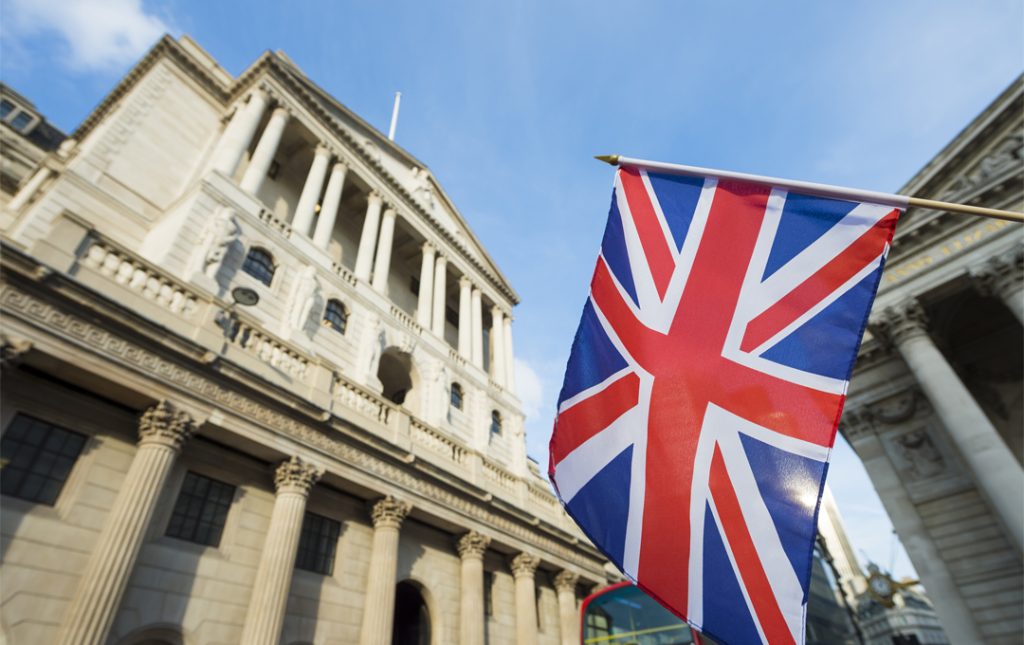In its March 2025 meeting, the Bank of England (BOE) voted 8–1 to hold the Bank Rate steady at 4.5%, with a single dissenting voice advocating for a 25-basis point cut to 4.25%. This decision reflects the MPC’s commitment to price stability amid a complex backdrop of elevated inflation, lingering geopolitical risk, and increased global market volatility.
Key Takeaways from the March MPC Statement
🔹 Inflation Still Elevated, Though Progress is Evident
The BOE acknowledges substantial progress in reducing inflation from its post-pandemic highs. External shocks such as energy price spikes and global supply chain disruptions have eased. However, inflation rose to 3.0% in January, up from 2.5% in December, outpacing forecasts primarily due to elevated core goods and food prices. The MPC now sees inflation peaking near 3.75% by Q3 2025 before trending lower.
Crucially, household and business inflation expectations remain elevated, adding upside risks to the BOE’s ability to reach its 2% inflation target within a reasonable timeframe.
🔹 Labour Market and Wage Dynamics
The UK labour market is gradually cooling, but remains tight. Employment intentions have softened, reflecting cautious business sentiment in the face of ongoing economic uncertainty. Despite these shifts, private sector wage growth remains robust at 6.1%, underscoring the persistent nature of wage-price pressures feeding into core inflation.
🔹 Domestic Growth Shows Modest Resilience
The UK economy recorded 0.1% GDP growth in Q4 2024, largely buoyed by a stable services sector. However, the broader tone of the BOE report underscores ongoing challenges in domestic demand and supply-side constraints, keeping expectations for a robust recovery subdued.
🔹 Global Backdrop Adds Complexity
Recent U.S. tariff measures and retaliatory moves from global trade partners have intensified geopolitical and trade-related risks. European markets, in particular, have faced volatility following Germany’s proposed fiscal reforms, which include expanded defense and infrastructure spending. This has pushed German bond yields higher and added pressure to UK fixed income and FX markets.
Policy Outlook: Data-Dependent and Measured
The BOE has reaffirmed its intention to maintain a restrictive stance until inflation is clearly on course to return to 2%. Future rate decisions will be highly data-dependent, particularly on incoming inflation figures, wage data, and forward-looking indicators of consumer and business sentiment.
For traders and investors, this signals a BOE that remains on hold but alert—prepared to adjust either way should inflationary pressures persist or economic conditions deteriorate.
Conclusion:
The Bank of England continues to walk a fine line between controlling inflation and supporting growth. With global risks intensifying and domestic pressures remaining sticky, the MPC is likely to tread cautiously in the months ahead. While a near-term rate cut is not completely off the table, the bar for such action remains high, and the risk of further tightening has not been fully extinguished.




